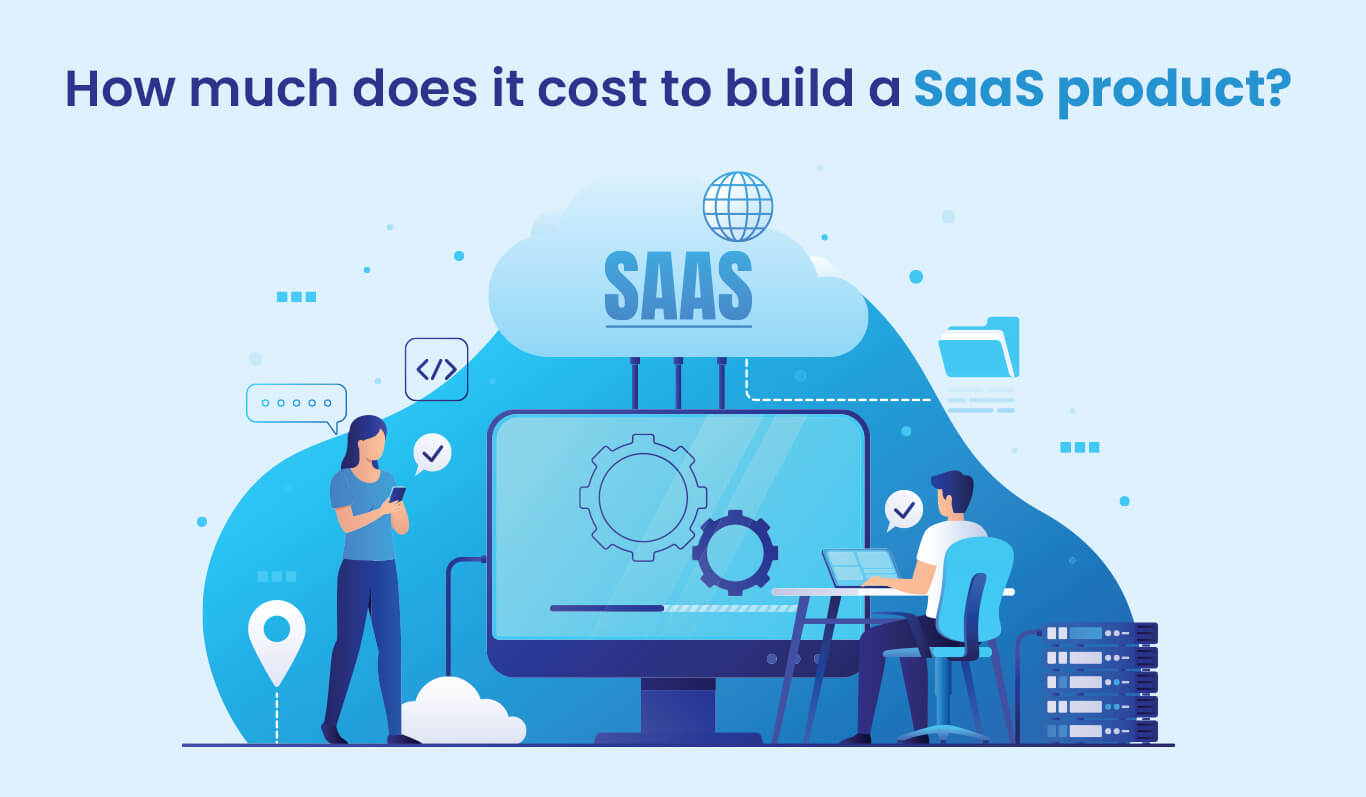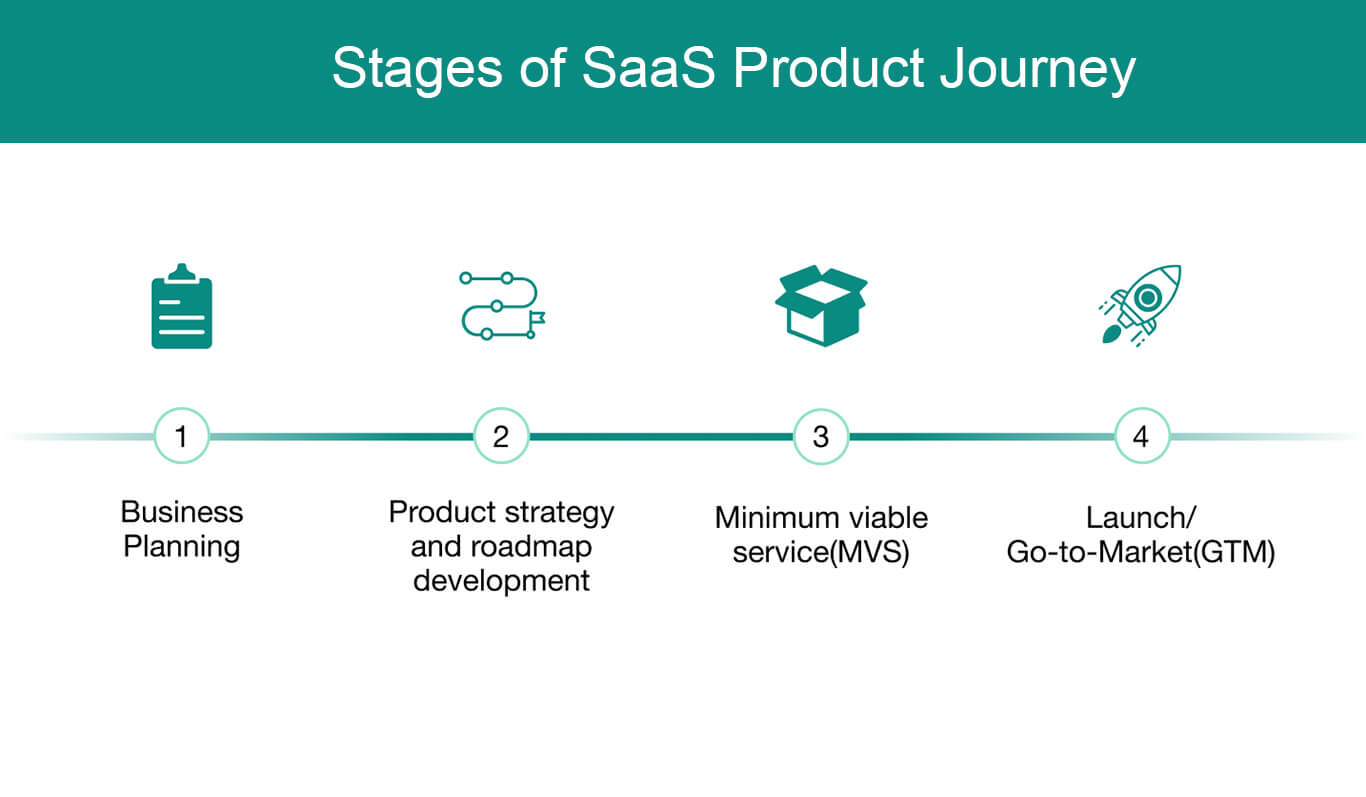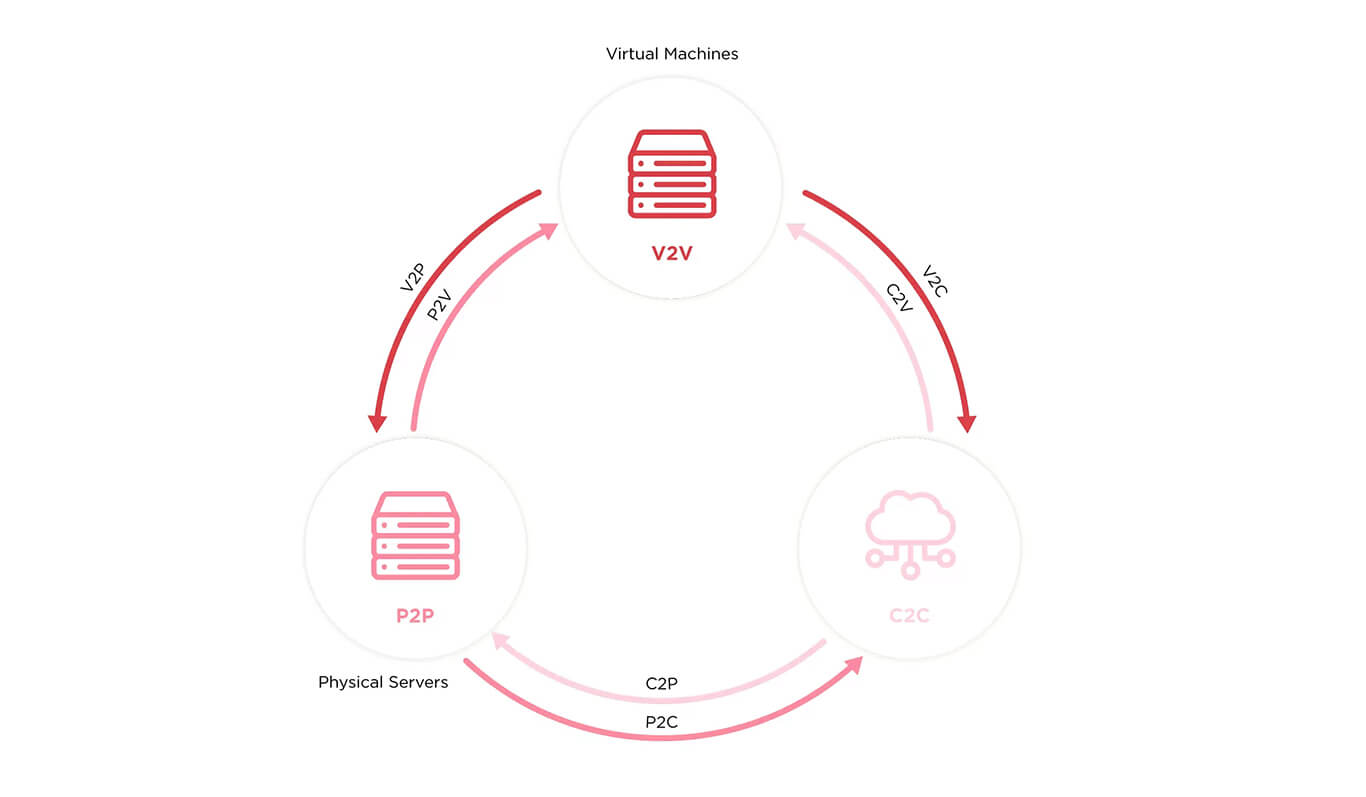How Much Does It Cost to Build a SaaS Application?

SaaS applications have revolutionized the digital sphere over the last decade. As a result, a startup culture has emerged that can produce products on a limited budget. Besides exploring how much it costs to build a SaaS application, this article discusses the benefits of SaaS and how to develop one for your business.
What is SaaS?
Providing applications as a service is known as SaaS. Cloud-based apps can be accessed using a web browser and the internet without the user having to install any software. A license for traditional software is normally purchased and installed locally.
When compared to traditional software products, SaaS apps don't require customers to have their own servers or devices. Instead, they provide ready-to-use software that can be accessed from any device.
How Will SaaS Help Businesses In 2023?
The future holds plenty of potential for SaaS development companies. There are several benefits to using a SaaS product
- Effortless implementation without figuring out algorithms and settings
- The development of SaaS products can be more affordable through subscription-based packages than purchasing expensive solutions.
- Organizations are able to transfer data more safely thanks to the flexibility of cloud storage.
- The SaaS product development strategy cannot be illegally stolen from and shared by customers since the source code is not available to them.
What Are the Steps to Developing a Saas Application?
In terms of time and effort, developing SaaS applications is a very challenging task. In addition to extensive preparation, monitoring after development, and teamwork, the process requires a lot of knowledge and experience.

Roadmapping
It is an important stage in SaaS development. An app concept must be researched in depth, planned, and approved. There are several components to it:
In-depth research and analysis: Identifying business opportunities, designing strategies for attracting customers, and scaling the application require business analysts to study the industry, competitors, and audiences in great detail.
Strategic planning: As part of this process, we evaluate the best cloud providers (AWS, Google Cloud, Azure, etc.), establish partnerships, and launch new features for end users.
Communicate with clients: The business analyst could describe scenarios and processes, visualize revenue streams, and describe the benefits our clients will receive when using the app.
Analyze a long-term solution: It is recommended to plan at least five years ahead since integrations, features, and partnerships can influence the solution in the future.
Preliminary cost estimates: Be sure to factor in hardware, software, cloud providers, human resources, integrations, and communication costs.
Solution Architecture for SaaS
The way a SaaS solution hosts its users is one of the most important aspects. SaaS architecture affects not just how the app works, but how it scales technologically and economically. Either use a single-tenant architecture or a multi-tenant architecture.
With a single-tenant architecture, each client has their own server. This is better for more demanding clients who might quickly exhaust your resources.
Multi-tenant architectures, however, let you have multiple users access the same database with separate accounts, which means they don't know each other exists. You can implement multi-tenant in two ways:
Each app instance has its own database. You'll have one database for all users in your cloud environment. Despite being easy to implement, this approach has limited scaling capabilities, which affects the app's performance.
A single app instance with multiple databases. New users are redirected to another database once each database has been filled up. So the software feels more responsive since users have access to more resources. It's more expensive and takes more resources to start out.
Keeping your data safe: There's a risk of losing data on shared databases if the server goes down. You'll need data loss prevention tools, encryption tools, and malware prevention methods to protect end users' data.
Design
During the SaaS design process, you'll create the software architecture document, user stories, style guides, mockups, and maybe a functional prototype also.
Choose the right tech stack
Your SaaS app's foundation is based on your software development tech stack. Choosing how you want your app to be built depends on many factors, including flexibility, scalability, budget, and speed.
Partition
Divide your software's data into separate partitions to allow for future alterations, including scaling, performance improvements, operational flexibility, and improved security. It makes handling each partition easier without the complexities associated with the entire database. Horizontal, vertical, and functional partitioning strategies exist. Both have their advantages and disadvantages.
Deployment
Users must be able to use your software, find extensive documentation, and contact your support right away. As soon as the updates are ready, they're released in real-time, simplifying this stage. Routine updates cannot compete with automated deployments for speed and flexibility. Small changes will be deployed at a time, instead of one major update every few months that puts your entire system on hold.
Testing
It is essential that SaaS software is tested prior to and after its release to ensure it meets your users' needs. Use both manual and automated testing approaches to ensure your quality assurance process covers every aspect of the software. During beta testing, you might discover some non-trivial use cases you hadn't even considered. As part of this process, you can also assess cloud security.
Maintaining & Monitoring
Ideally, the development team is devoted exclusively to coding and testing, under the guidance of a manager who oversees their work. They know who needs to be assigned certain tasks and who isn't yet skilled enough to handle more senior-level tasks.
Achieving Optimal Results with SaaS App Development
The factors that determine the success of a SaaS environment are its costs, the tenant experience, availability and performance, timing, and bulk operations. When optimizing, make certain you do so after scaling to the ideal size. Make sure you have enough servers and databases to support your user base so that your software runs smoothly. Be sure you have enough staff and equipment to give your users a good experience.
On-Premises to Cloud Migration

It's time to move your SaaS development framework to the cloud. Multiple migration options are available based on your server type, data, and downtime:
- P2V (physical-to-virtual)
- P2C (physical-to-cloud)
- V2V (virtual-to-virtual)
- V2C (virtual-to-cloud)
Finding a team with the skills to do this at a reasonable cost is another thing entirely.
Cost of SaaS App Development
There are a few key stages that take time and require investment. Using the level of development as a guideline, let's estimate the cost of SaaS development.
- The validation and planning phase (40 - 250 hours)
- MVP or POC creation (300 hours or more)
- Designing UI/UX (120-250 hours)
- Development of the front end (400 to 600 hours)
- Development of the backend (up to 800 hours)
- Post-release support and project management
Planning and validation: You should get feedback from potential customers, define product goals, and prepare a good plan once you know what you want. The budget for SaaS app development isn't easy to figure out. For investors, you might need to start by creating an MVP. So you'll know if it's worth your time. A SaaS MVP can cost you $25,000 - $80,000 depending on the complexity.
Designing the user experience for a SaaS app: Designing UI/UX is a key step in SaaS development since it determines how the interface will look and what customer experience it will provide. It's considered one of the most important parts of development because it makes the user experience as good as it can be. Your app should be tested at every stage of development, and after launching your MVP, use the feedback to make it even better. UX design costs between $30 and $50 an hour.
Front-end development: You've got to pick the right tech stack for your SaaS app. Make sure you consider all your app's core features. You may want to choose a framework based on the purposes your application will serve. Compared to outsourcing, working with an in-house team is more costly. It is also possible to hire a freelancer. In any case, quality of work and ease of communication should be your first considerations. The average hourly wage of a front-end developer is $20 to $80.
Back-end development: Because SaaS apps have complex backends, they must be built entirely from scratch. Due to its high cost, this method should only be used in exceptional cases. APIs can provide a backend much more easily and cheaper. Back-ends are essential since they create the necessary security and data structures.
In general, back-end development costs between $20 and $100 per hour or more. It might take more than 20 weeks to address all stages.
Maintenance and Support: Developing and launching a SaaS application is just the beginning. Developing a SaaS application requires even more calculations. SaaS products are geared toward a wide audience. To stay relevant and satisfy users' needs, it must receive constant updates, fix bugs, make improvements, and add new features. Ensure your SaaS app is professionally maintained and supported by your development team.
Final thoughts
The development team you'll be working with can provide you with more precise numbers. A SaaS product manager will take into account your SaaS product's type, features, stages of development, and other details.
Our team at Neetable is ready to help you take the next step and move from concept to planning. We have a dedicated team that delivers various SaaS solutions. We'd love to hear about your ideas!
FAQs
How does SaaS application architecture work?
SaaS architecture refers to a way to deliver software. Using this approach, a vendor hosts a software solution on a remote server for its clients before providing the software's capabilities to its clients.
How does outsourcing SaaS development benefit you?
The process of building custom SaaS is labor-intensive. So just to launch a project, in-house development needs a team of pros. These cross-functional teams are resource- and time-consuming to put together, and they need to include business analysts, UI/UX designers, developers, architects, quality assurance engineers, and DevOps. An outsourcing partner who is reliable helps their customers overcome this problem. The vendor can quickly set up a project team or embed specialists into the customer's in-house team.
What makes Neetable different from other SaaS app developers?
Neetable has developed SaaS solutions for all kinds of businesses. With our many professionals, such as business analysts, software architects, and engineers, we can help you create the perfect SaaS product.
How long does it take to build a SaaS app?
Developing and launching a product typically takes between 2 and 10 months. Multiple factors affect this such as the complexity and scale of your app, the technology stack, and the number of developers.
Request a Quote
Categories
Popular posts
Best Practices for Software Product Engineering Every CTO Should Implement
2023-14-18How to Build Your Own On-Demand Carpooling App Services?
2023-08-25How to Start an On-Demand Fuel Delivery Business: A Comprehensive Guide
2023-07-28Empowering Miners: How Fleet Management Apps are Transforming the Mining Industry?
2023-07-21A Complete Guide to Develop a Food Delivery App for Restaurants in 2023
2023-07-08Mobile Apps Transforming the Travel Industry: A Game-Changer in Travel Planning and Experience
2023-07-07
